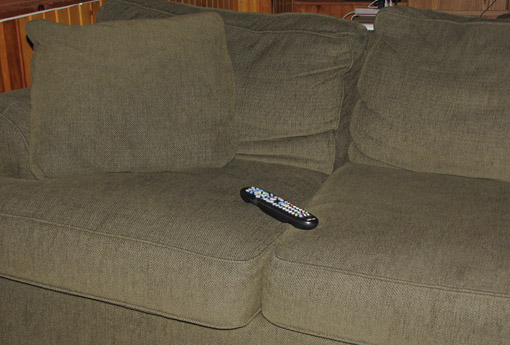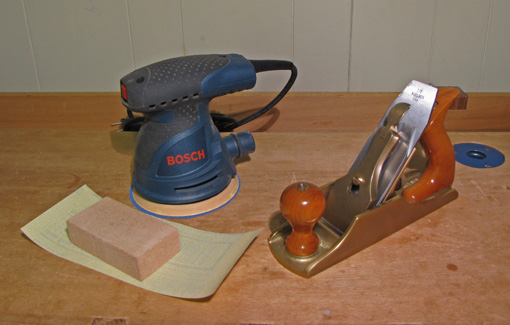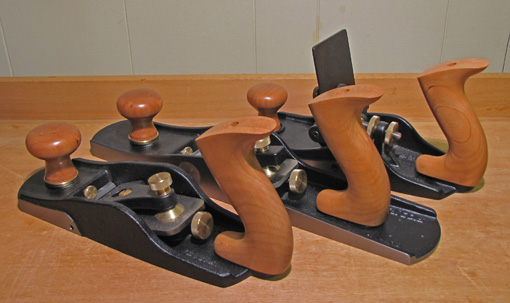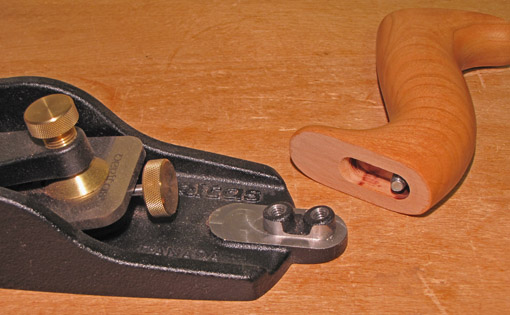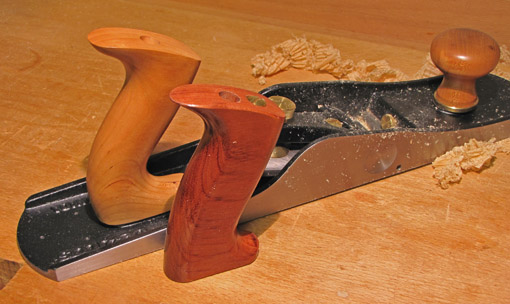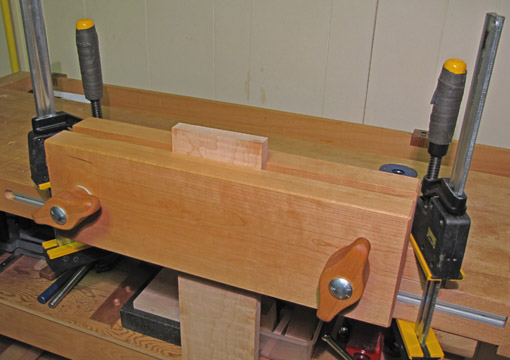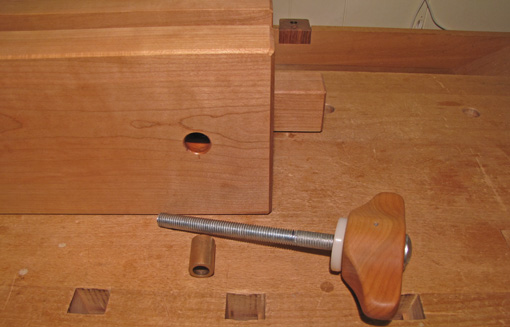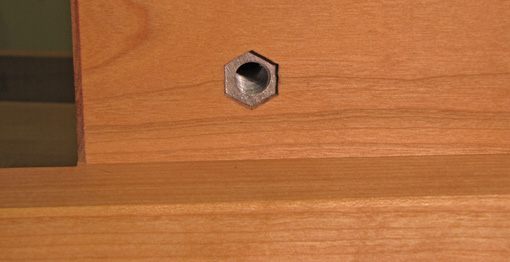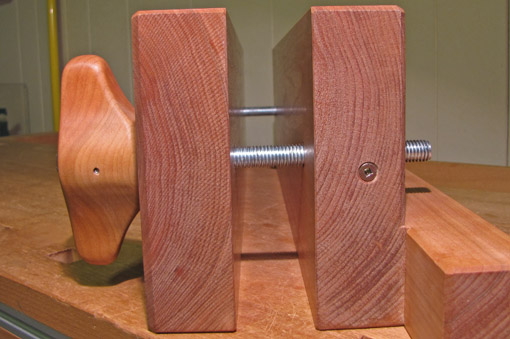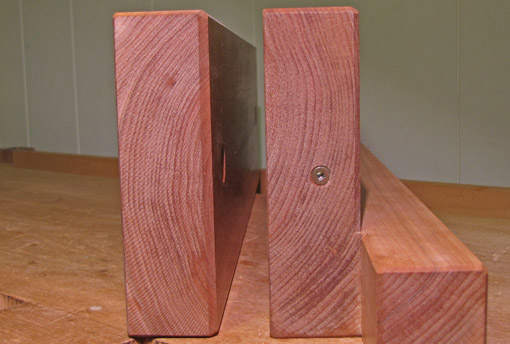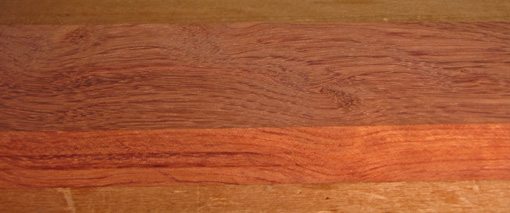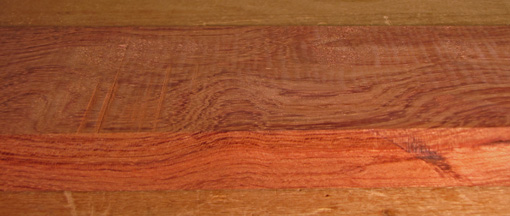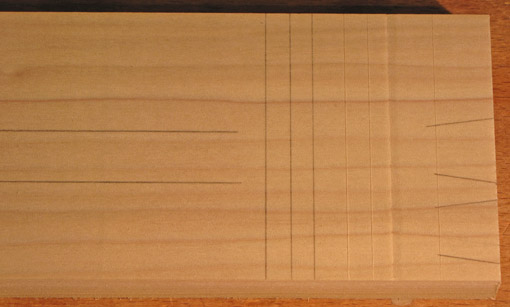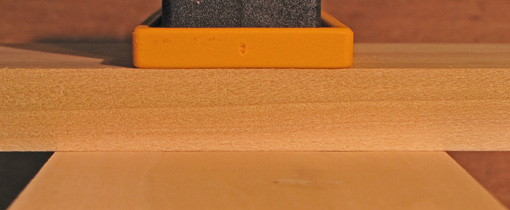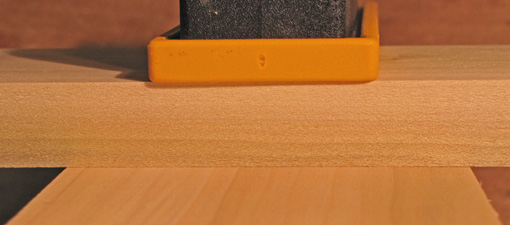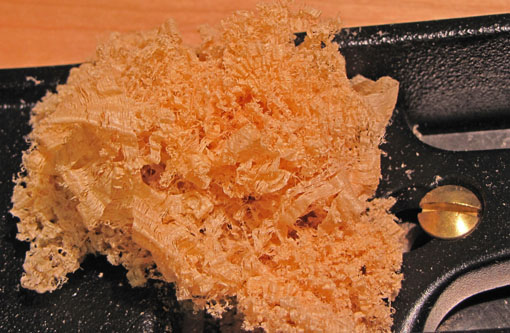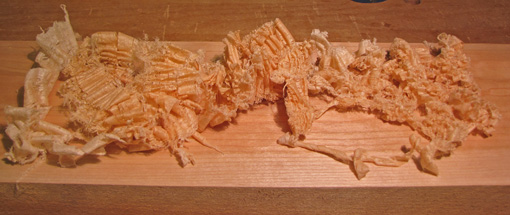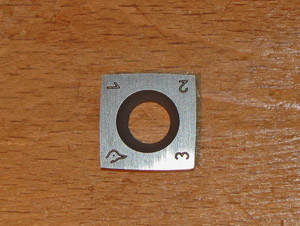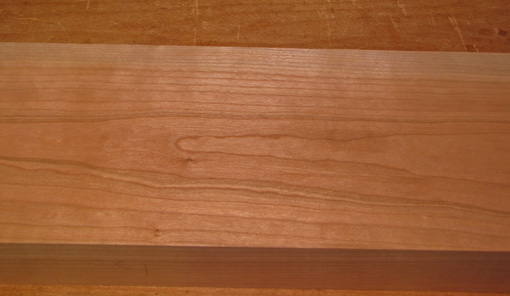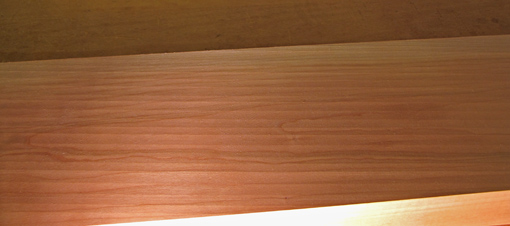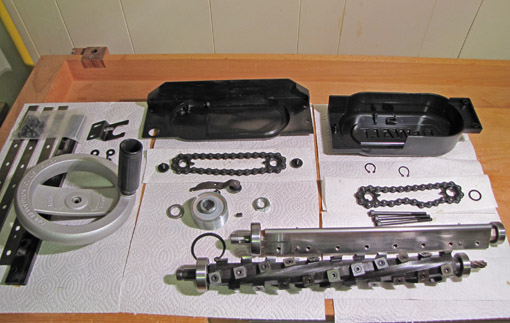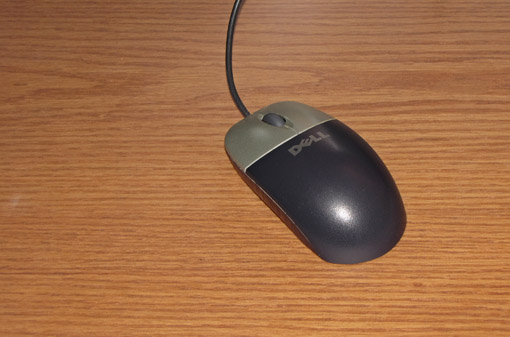
Wood comes from trees, simple enough, but sometimes the trees or logs have a surprising history or the wood has been processed to dramatically alter its properties. Surfing the internet for wood sources is much more fun than cruising the TV menu, so here’s a resource list that I hope you’ll find interesting and perhaps will inspire a new project. Following the list are several resources for general information about wood. Enjoy!
Ancientwood, Ltd unearths 50,000 year old, enormous kauri logs in New Zealand, then processes them into workable honey-colored lumber with an exotic, opalescent appearance. Greener Logs retrieves sunken exotic tropical timber from waters in Central America and sells this old-growth lumber, including big-leaf mahogany (Swietenia macrophylla) via Greener Lumber, located in Missouri.
Blue Moon Exotic Wood in Ithaca, New York operates an exotic woods plantation in Palau in the South Pacific where they sustainably harvest Cuban mahogany (Swietenia mahogani). I once got my hands on a small chunk of this species and still recall its remarkable working properties, sometimes described as like slicing cold butter. It is, of course, expensive, but I don’t think I can much longer resist giving this stuff a try when the right project comes around. Another source for Cuban mahogany, among other species, is Urban Forest Recycling who salvages removed trees in the Florida Keys.
Northwest Timber in Oregon buys and mills salvaged logs, notably my favorites Claro walnut and Western big-leaf maple. I really think Lewis gets his wood from heaven and you might agree after perusing his online store!
You can buy directly online from the above dealers and from Pure Timber (below).
Normal wood is subjected to special processing by the following companies to produce amazing new possibilities for the woodworker. Pure Timber in Washington puts solid wood of many species through an amazing proprietary process that yields wood so flexible it can be tied into a knot. The shape stabilizes after it dries. You can buy lumber ready to bend to your imagination. Seasonwood in Canada offers a special heat treatment which produces a controlled darkening of any species of wood. The process also makes the wood much more stable. WoodSure in Oregon infuses wood with acrylic resin to produce dimensionally stable, super-durable wood. With the addition of dyes, they can also produce dramatic figure effects.
To explore innovative materials that you might want to incorporate into your projects, take a look at the Inventables website, especially the “wood” section. You can order samples of the materials from them.
For general information about wood and specific species:
- Forest Products Laboratory’s Wood Handbook, a pdf download of the whole 508 page book.
- FPL’s Tech Sheets give extensive information on many species. Look on the right side of the page under “Tech Sheets.”
- The Wood Database has lots of information on many species of wood.
- Same for the Purdue Cooperative Extension – go to “Hardwood Lumber and Veneer Species” on the drop-down list.
- Hobbit House has a zillion pictures of lots of species.
- Woodfinder is a search engine for where to buy specific woods and wood products.
- An article by John English in Woodshop News: “Is it an endangered species and who’s making the call?”

